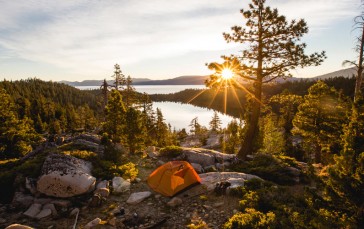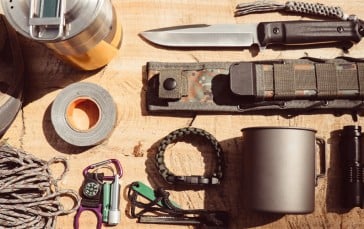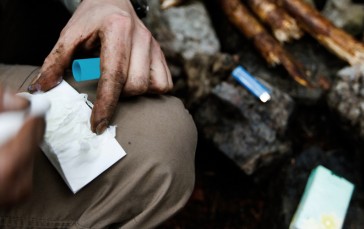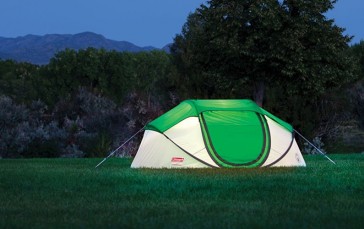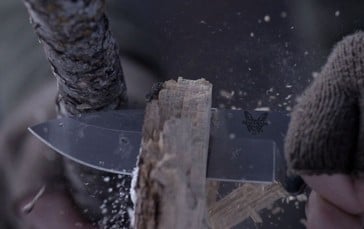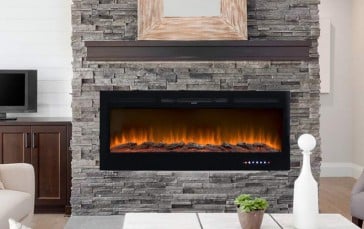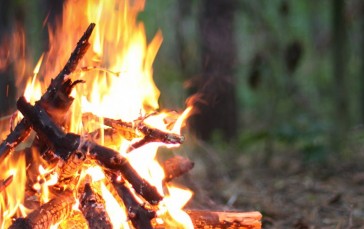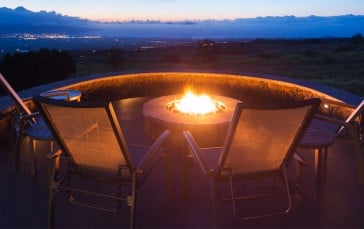Fire Starters Usage
If you don’t know quite what you’re doing then you might never have any luck with lighting a fire – so here are some quick tips to get the flames going with fire starters around your camping tent.
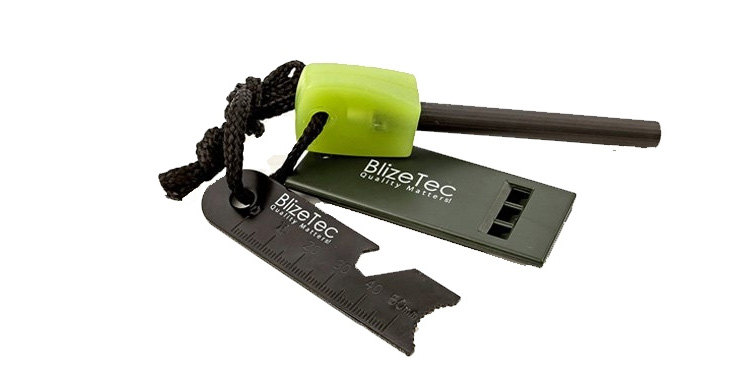
Prepare Your Fire Site
First of all, you need to ensure that your fire is in the right location. Ideally, this should be somewhere out of the wind and sheltered. If this is not possible, though, then you may need to use something as a windbreak to protect your fire. And if your windbreak is potentially flammable then you should ensure that it is far enough away that it will never catch fire. It is often thought that a pit is the best way to keep a fire from spreading to surrounding grass or shrubbery but a mound, where the fire is off the ground, can actually work just as well.
Prepare Your Materials
Once you get a spark you need to make sure that everything is ready to hand, as you will need kindling available to help develop the flame. Your kindling can be anything from dry leaves to small twigs. As the fire takes hold you will need some larger twigs and branches for fuel, so make sure to have those separate and ready as well.
Use Magnesium Scrapings
Magnesium is an incredibly flammable material, hence it is very useful in these situations. Because it is so flammable, it is advisable to use less at first and then add more if you need it. This way you can avoid any sudden accidents when it ignites. And if you are using a knife to scrape the magnesium stick then use the back of the blade, rather than the blade itself, to prevent damage to it. You are not looking to cut slivers off the stick but small filings and flakes which will then ignite easily. You might also find it easier to collect the filings on a piece of paper or a leaf – to keep them together – before transferring them to your fire.
Strike The Flint To Create A Spark
On your magnesium fire starter, there will usually be a flint bar to strike, in order to create a spark. You should drag the blade across the flint, not stab or slash at it. If you prefer a slightly safer method, then drag the edge of the knife across the flint instead. The quality of the spark will depend on the strength of the strike, the amount of force used and the angle of the flint. You may need to experiment a few times to see what works best.
Developing And Maintaining The Flame
If your kindling immediately catches fire, then well done! The chances are that it may just start to smoke for a bit, though. If this happens, you will then need to blow gently on the kindling to encourage the flame to take. Once your fire is established then you will need to use bigger logs to maintain it and keep it burning. However, keep a careful eye out for sparks igniting other fuel sources around your fire.
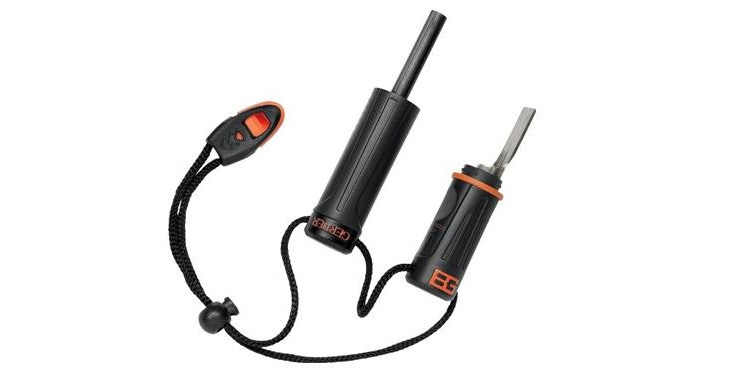
And When You Are Done…
When you’re finished with your fire it’s important to remember to extinguish it fully before you leave, by pouring water on it and stirring the ashes.


